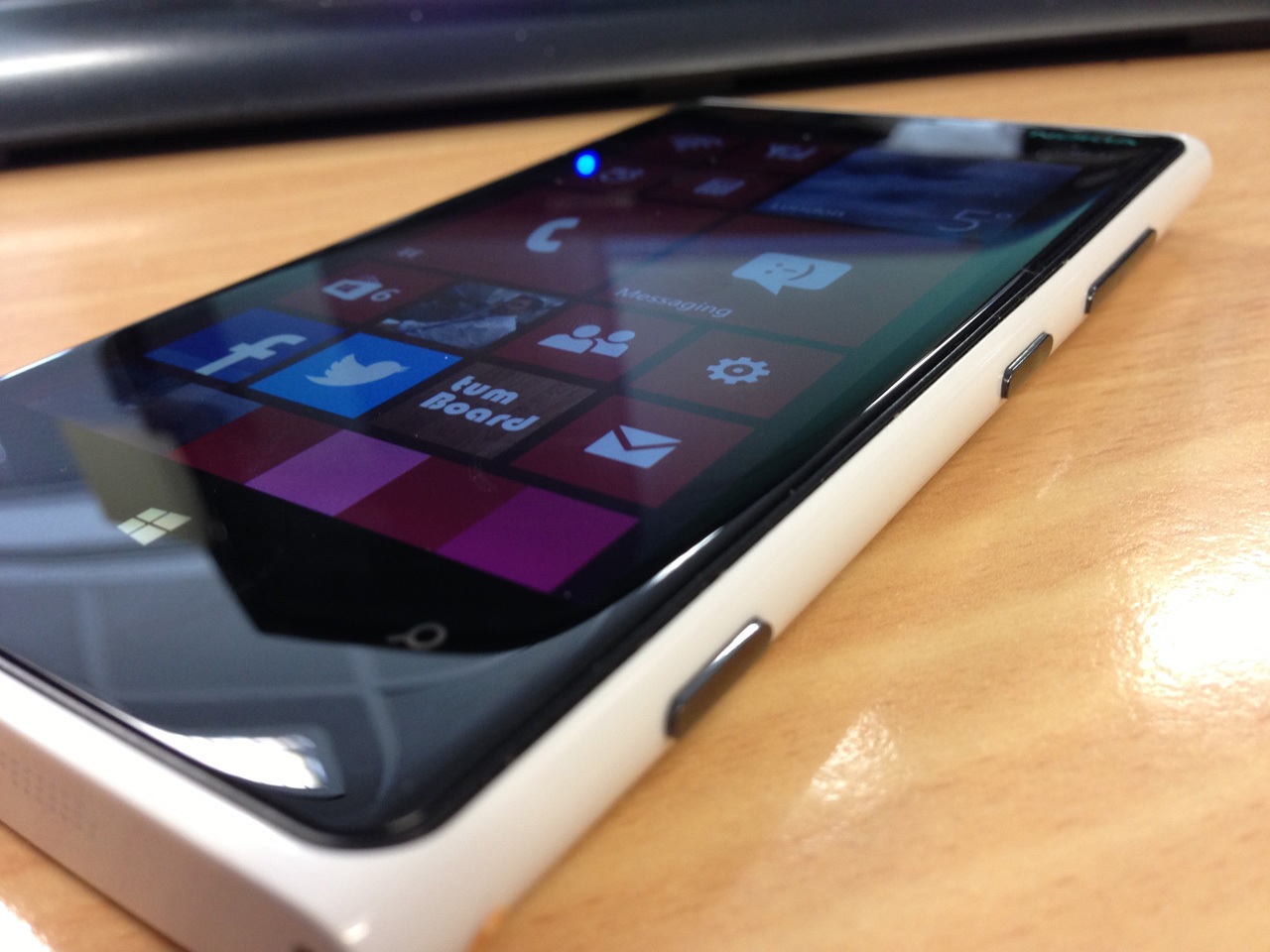Nokia Lumia 920 review
Nokia's flagship Windows Phone 8 handset boasts the firm's excellent PureView camera technology and decent battery life. But it's a bit on the chunky side and the price could put users off.
The Lumia 920 is an incredibly impressive device with excellent build quality, a top-level display, great performance and features and easily the best camera on any smartphone to date.It remains to be seen whether Nokia has priced itself out of the market, with the handset costing well over £46 per month and even then with an upfront fee of £20. With device such as the iPhone 5 and Galaxy S3 on the market at similar if not cheaper pricing, Nokia could struggle to shift units.
Battery Life
The Lumia 920's 2000mAh battery pack offers an impressive lifespan. In our intensive tests over a 12-hour period we found the battery still had around 10 per cent charge remaining. Not much, but considering during similar tests most phones deplete completely, it's pretty good to have enough left over to see you to your front door after a busy day.
This was, of course, without Wi-Fi or the battery saver but the screen was on full brightness, so it's perfectly plausible to get more out of the handset. Under more moderate usage we found the Lumia 920 lasted around a day and a half.
Display
The display is a 4.5in IPS LCD with a 1280 x 768 pixel resolution, Nokia's ClearBlack technology and the addition of a new layer with PureMotion HD+. The size and resolution deliver a pixel density of 332 pixels-per-inch (ppi), which is incredibly sharp and produces iPhone-like visuals.
The ClearBlack display ensures excellent contrast, deep blacks and vivid colours, but it also means the phone is one of the most usable handsets outdoors and in bright lighting conditions. Viewing angles aren't particularly good and colours are compromised when looking at the screen from the sides, so it's not all that suitable for onlookers if you're showing a document, for example.

Viewing angles are the greatest, but the display is crisp and bright
The PureMotion HD+ technology is designed to keep the display in-sync with the operating system's 60 frames-per-second refresh rate, which results in an incredibly smooth experience for the user. Nokia has also managed to add a greater level of screen sensitivity, meaning it can be operated even while wearing gloves. This feature alone easily one of the best touchscreens around on the market.
Hardware
Inside the Lumia 920 is a Qualcomm S4 Snapdragon dual-core chip with an Adreno 225 graphics processing unit (GPU), 1GB of dual-channel RAM and 28 nanometre (nm) semiconductors to ensure faster speeds can be achieved without overheating.
This setup is as fast as you might expect from Qualcomm's S4 dual core line, but Windows Phone is so well optimised it's never really pushed. Multitasking is much smoother than on previous Windows Phone models, although apps don't run in the background still. We did find app load speed to be improved significantly.
This means the experience for the user is much more satisfying and in-line with competing handsets on Google's Android and Apple's iOS systems.
Benchmark tests on WP Bench showed the Lumia 920 to easily outpace any other Windows Phone model on the market, but all the premium models feature the same processor setup so it seems likely they'll deliver a similarly well-optimised experience.
Currently it's difficult to stack the phone up against competitors on other platforms due to a lack of cross-compatible benchmarking suites. However, given that the same processor configuration delivers impressive performance on Android phones we expect the capability to be broadly comparable.
Importantly, it'll deftly handle anything available through the Windows Phone Store at present and will likely continue to do so for the forseeable future.
For connectivity you've got Wi-Fi, Wi-Fi hotspot, NFC, DLNA, GPS, Bluetooth and, while the phone is currently only available on EE's 4G contracts, it's also capable of using 3G networks too.
Onboard memory is reasonably well-catered for with 32GB of space. This should be quite adequate for most users although there is also 7GB of free SkyDrive cloud storage. Sadly, there's no microSD expansion.
Get the ITPro daily newsletter
Sign up today and you will receive a free copy of our Future Focus 2025 report - the leading guidance on AI, cybersecurity and other IT challenges as per 700+ senior executives
-
 Cleo attack victim list grows as Hertz confirms customer data stolen – and security experts say it won't be the last
Cleo attack victim list grows as Hertz confirms customer data stolen – and security experts say it won't be the lastNews Hertz has confirmed it suffered a data breach as a result of the Cleo zero-day vulnerability in late 2024, with the car rental giant warning that customer data was stolen.
By Ross Kelly Published
-
 Women show more team spirit when it comes to cybersecurity, yet they're still missing out on opportunities
Women show more team spirit when it comes to cybersecurity, yet they're still missing out on opportunitiesNews While they're more likely to believe that responsibility should be shared, women are less likely to get the necessary training
By Emma Woollacott Published
-
 OpenAI wants developers using its new GPT-4.1 models – but how do they compare to Claude and Gemini on coding tasks?
OpenAI wants developers using its new GPT-4.1 models – but how do they compare to Claude and Gemini on coding tasks?News OpenAI says its GPT-4.1 model family offers sizable improvements for coding, but tests show competitors still outperform it in key areas.
By Ross Kelly Published